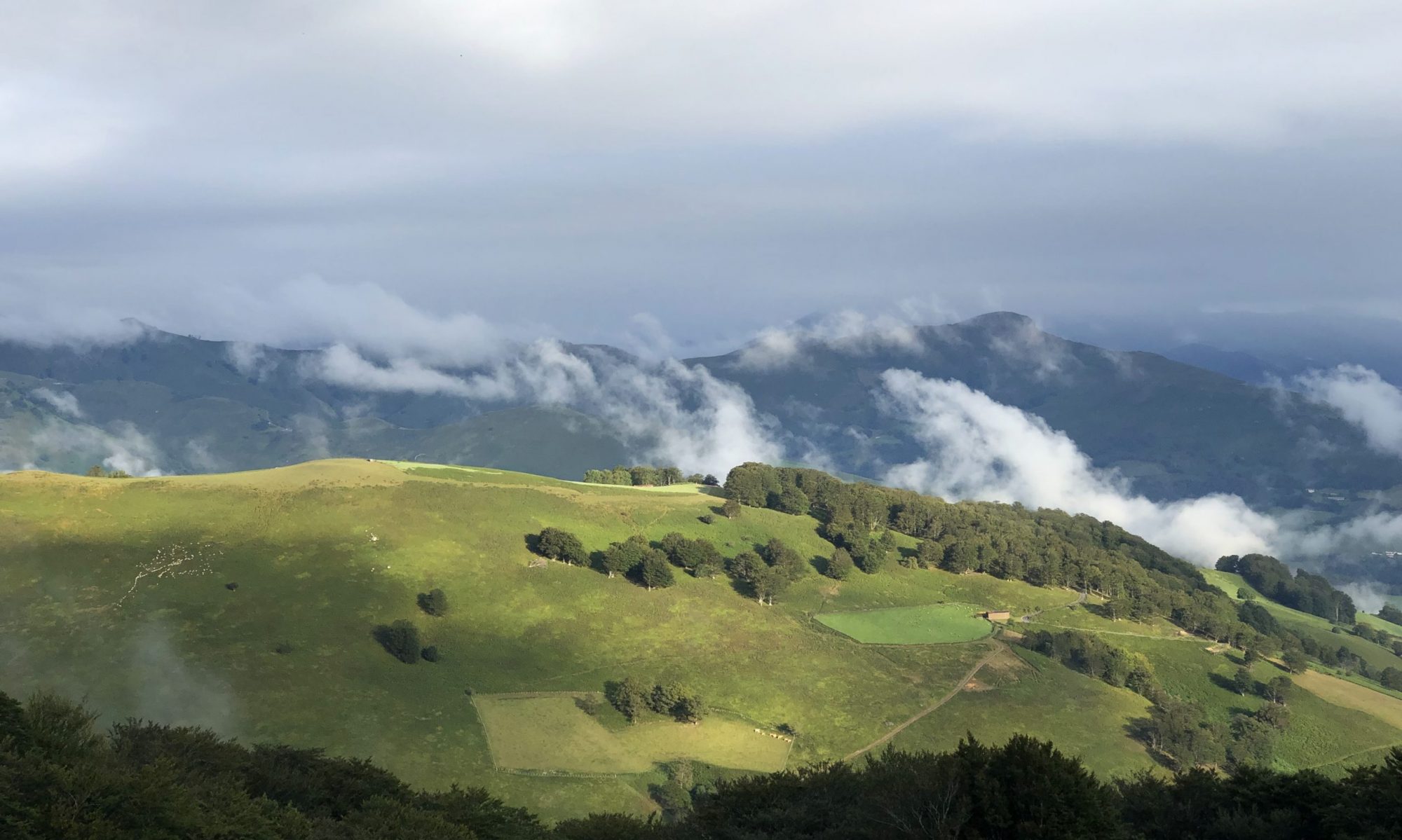The history of Czechoslovakians in Kansas City reflects a broader wave of European immigration to the Midwest in the late 19th and early 20th centuries. Here’s a brief overview:
Late 19th Century: Immigration and Settlement
- Economic and Political Factors: Many Czechs (from Bohemia and Moravia, regions in present-day Czech Republic) and Slovaks (from present-day Slovakia) emigrated to the U.S. due to economic hardships and political oppression under the Austro-Hungarian Empire.
- Industrial Jobs: Kansas City’s growing economy, with opportunities in meatpacking, railroads, and manufacturing, attracted Czech and Slovak immigrants.
- Neighborhoods: Czechs primarily settled in areas like Strawberry Hill, a Kansas City, Kansas, neighborhood. This area became a hub for Central and Eastern European immigrants.
Early 20th Century: Community Growth
- Cultural Preservation: Czech and Slovak immigrants built a close-knit community, maintaining their language, traditions, and cultural practices. Churches, social halls, and fraternal organizations became essential parts of the community.
- Religious Institutions: Churches like St. John the Baptist Catholic Church in Strawberry Hill played a crucial role in preserving cultural identity.
- Social Clubs: Czech and Slovak societies, such as Sokol (a gymnastic and cultural organization), promoted physical fitness, cultural pride, and social gatherings.
World War I and Independence of Czechoslovakia (1918)
- National Pride: The establishment of Czechoslovakia as an independent nation in 1918 was celebrated by the community, sparking pride in their heritage.
- Local Support: Czechs and Slovaks in Kansas City supported efforts to aid their homeland, including fundraising drives.
Mid-20th Century: Integration
- World War II and Post-War Period: The second and third generations of Czech and Slovak immigrants became more integrated into American society while preserving cultural traditions.
- Decline of the Language: Over time, English became the primary language of younger generations, though cultural traditions such as music, food, and festivals remained strong.
Cultural Contributions
- Strawberry Hill Ethnic Enclave: This area became synonymous with Eastern European heritage, and its historical significance is preserved today. The Strawberry Hill Museum and Cultural Center celebrates the contributions of Czech, Slovak, and other immigrant groups.
- Food and Traditions: Kolaches (Czech pastries) and other traditional foods became part of the local culinary landscape, often associated with festivals and community events.
Czechs and Slovaks Today
- Although the original immigrant generation has passed, their descendants continue to celebrate their heritage through cultural events, festivals, and organizations in Kansas City.
- The community’s influence is still visible in Strawberry Hill and surrounding areas, where Czech and Slovak traditions are honored.
